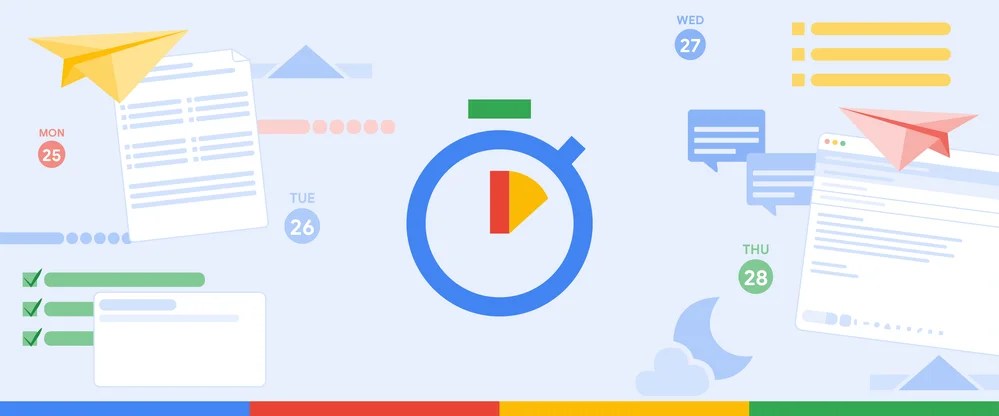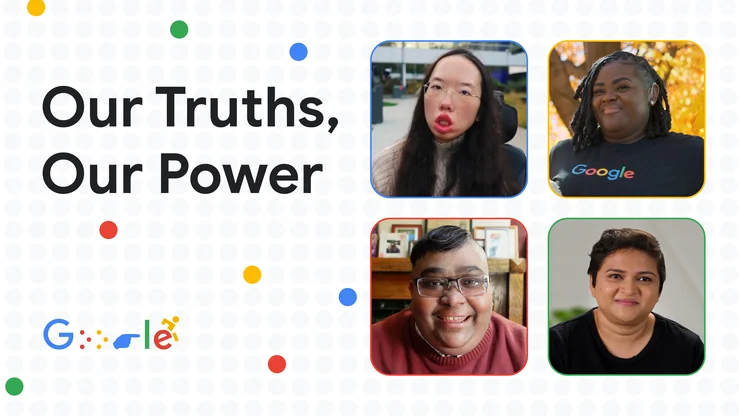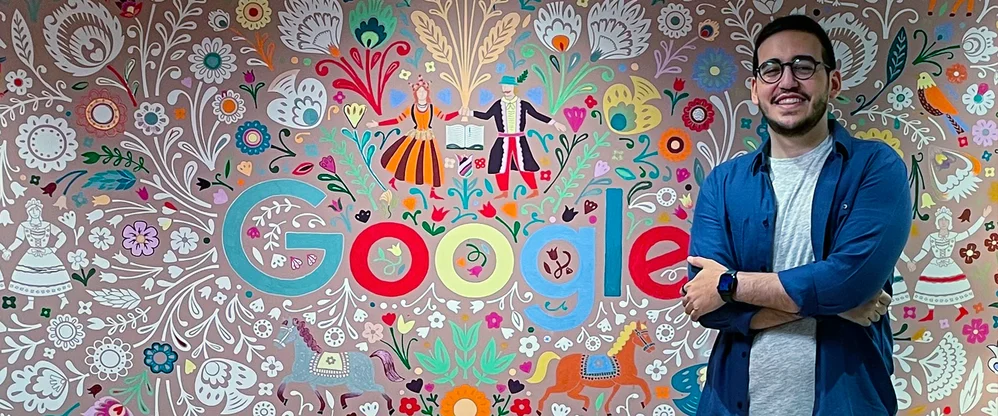Marking the birth of the modern-day Internet
Today is the 30th birthday of the modern-day Internet. Five years ago we marked the occasion with a doodle. This year we invited Vint Cerf to tell the story. Vint is widely regarded as one of the fathers of the Internet for his contributions to shaping the Internet’s architecture, including co-designing the TCP/IP protocol. Today he works with Google to promote and protect the Internet. -Ed.
A long time ago, my colleagues and I became part of a great adventure, teamed with a small band of scientists and technologists in the U.S. and elsewhere. For me, it began in 1969, when the potential of packet switching communication was operationally tested in the grand ARPANET experiment by the U.S. Defense Advanced Research Projects Agency (DARPA).
Other kinds of packet switched networks were also pioneered by DARPA, including mobile packet radio and packet satellite, but there was a big problem. There was no common language. Each network had its own communications protocol using different conventions and formatting standards to send and receive packets, so there was no way to transmit anything between networks.

In an attempt to solve this, Robert Kahn and I developed a new computer communication protocol designed specifically to support connection among different packet-switched networks. We called it TCP, short for “Transmission Control Protocol,” and in 1974 we published a paper about it in IEEE Transactions on Communications: “A Protocol for Packet Network Intercommunication.” Later, to better handle the transmission of real-time data, including voice, we split TCP into two parts, one of which we called “Internet Protocol,” or IP for short. The two protocols combined were nicknamed TCP/IP.
TCP/IP was tested across the three types of networks developed by DARPA, and eventually was anointed as their new standard. In 1981, Jon Postel published a transition plan to migrate the 400 hosts of the ARPANET from the older NCP protocol to TCP/IP, including a deadline of January 1, 1983, after which point all hosts not switched would be cut off.

When the day came, it’s fair to say the main emotion was relief, especially amongst those system administrators racing against the clock. There were no grand celebrations—I can’t even find a photograph. The only visible mementos were the “I survived the TCP/IP switchover” pins proudly worn by those who went through the ordeal!
Yet, with hindsight, it’s obvious it was a momentous occasion. On that day, the operational Internet was born. TCP/IP went on to be embraced as an international standard, and now underpins the entire Internet.
It’s been almost 40 years since Bob and I wrote our paper, and I can assure you while we had high hopes, we did not dare to assume that the Internet would turn into the worldwide platform it’s become. I feel immensely privileged to have played a part and, like any proud parent, have delighted in watching it grow. I continue to do what I can to protect its future. I hope you’ll join me today in raising a toast to the Internet—may it continue to connect us for years to come.







